Install Docker on Windows – Complete Step-by-Step Setup (2025)
If you want to run containers locally, the fastest path is to install Docker on Windows with Docker Desktop. This expanded guide starts directly with installation and explains why each step matters. Whether you use Windows 10 or Windows 11, you will enable virtualization, prepare Windows features for WSL 2, install Docker on Windows via Docker Desktop, and verify the setup with a quick test.
Step 1: Enable Virtualization to Install Docker on Windows
Docker relies on hardware virtualization to run Linux containers efficiently. Restart your PC, enter BIOS/UEFI (commonly F2, Del, or F10), and enable Intel VT-x or AMD-V. Save changes and boot into Windows. If virtualization remains disabled, Docker Desktop may fail to start or show warnings.
Quick check: In PowerShell, run systeminfo | find "Virtualization" — it should say “Enabled”.
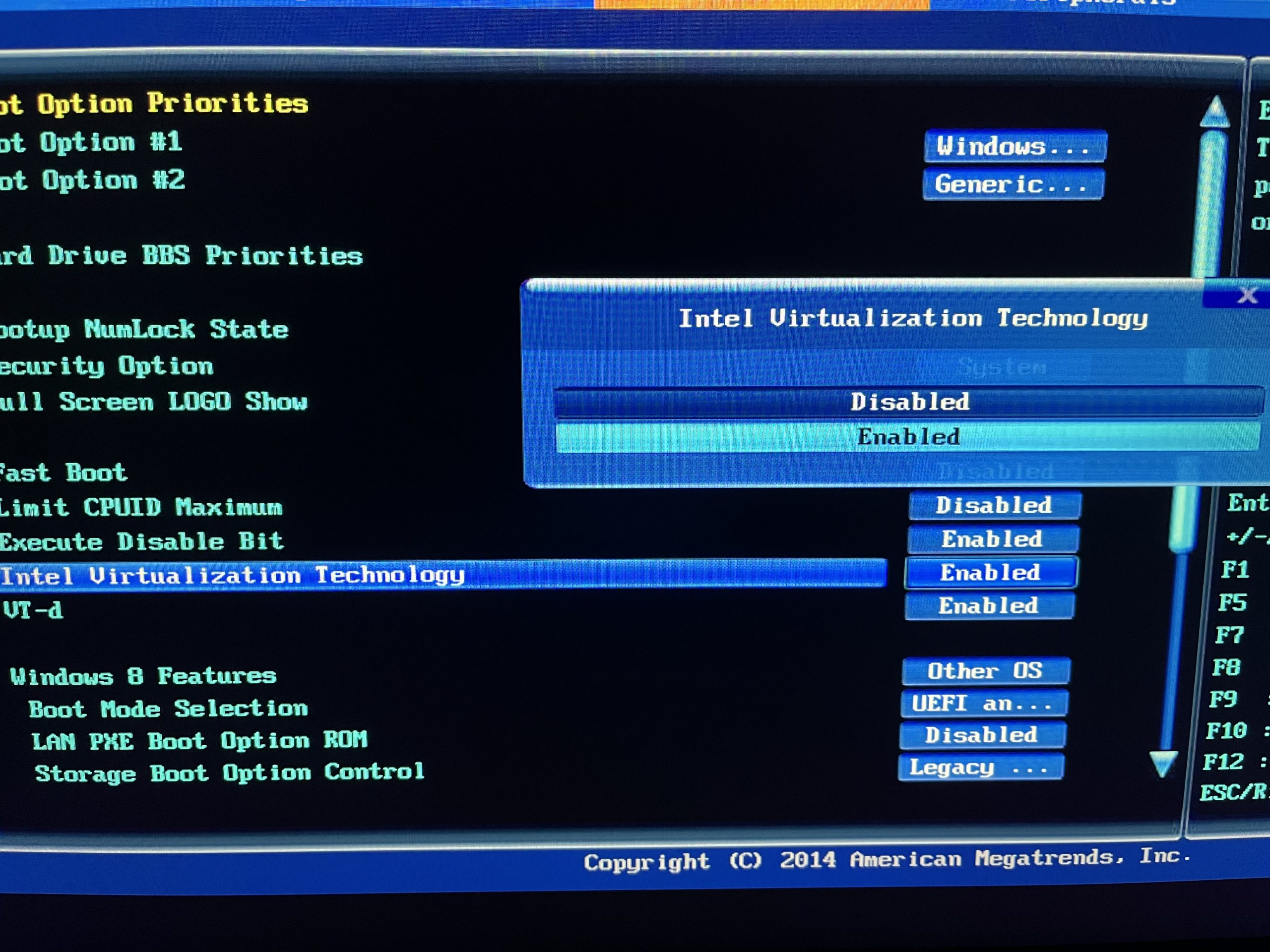
Step 2: Turn On Windows Features to Install Docker on Windows
Open the Start menu and search for Windows Features → Turn Windows features on or off, then tick and apply:
- Windows Subsystem for Linux (WSL)
- Virtual Machine Platform (VMP)
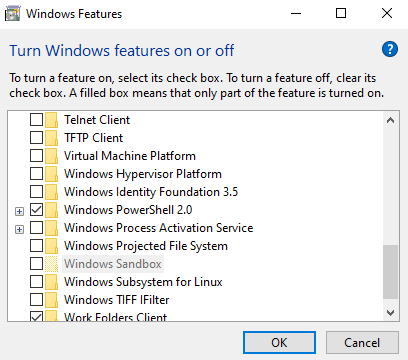
Step 3: Install WSL 2 (Required to Install Docker on Windows)
WSL 2 provides a lightweight Linux kernel with near-native filesystem and networking performance—this is the recommended backend to install Docker on Windows.
# Run in an elevated PowerShell or Windows Terminal
wsl --install
wsl --set-default-version 2
# (Optional) Install Ubuntu as your default distro
wsl --install -d Ubuntu
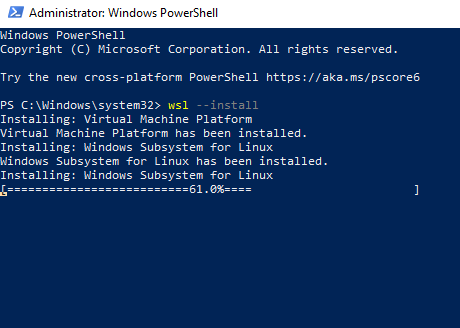
Step 4: Install Docker Desktop on Windows
Download the installer from the official page and keep the WSL 2 option enabled:
Alternatively, you can use Winget:
# Install Docker Desktop via Winget
winget install --id Docker.DockerDesktop -e
Complete the wizard, ensure “Use WSL 2” is selected, and restart if prompted.
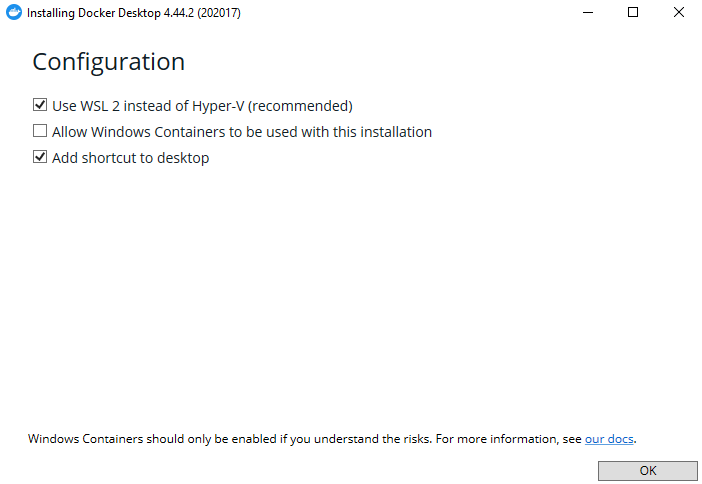
Step 5: First Run and Settings After You Install Docker on Windows
Launch Docker Desktop. Then review:
- Settings → Resources: adjust CPU/RAM to match workloads.
- Settings → Resources → WSL Integration: enable your Ubuntu (or other) distro.
- Settings → Resources → Proxies: configure if you’re behind a corporate proxy.
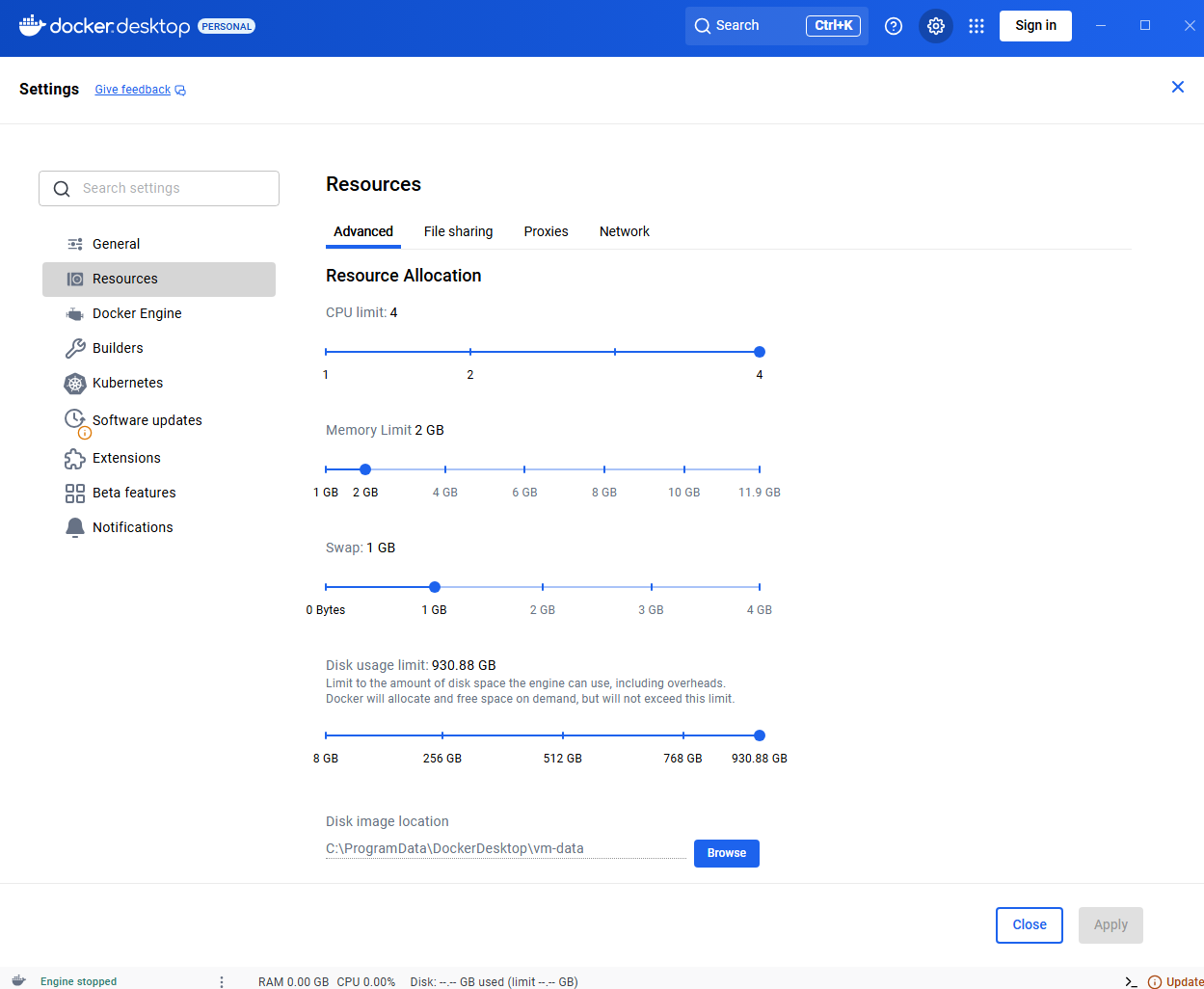
Step 6: Run Hello-World After You Install Docker on Windows
Open PowerShell and pull a tiny image to verify networking and engine setup:
docker run --rm hello-world
# Or test a Linux container shell via WSL backend:
docker run -it --rm alpine sh
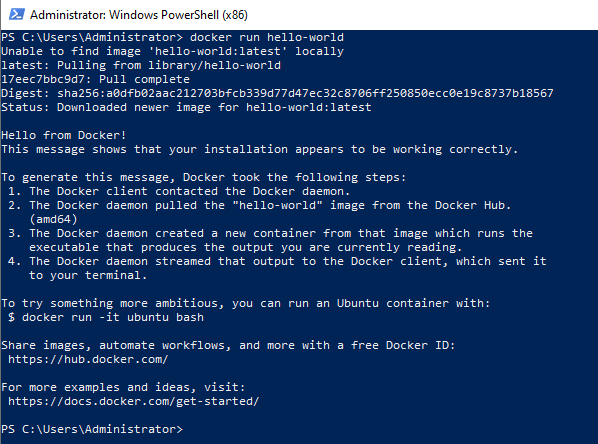
Troubleshooting
- Virtualization error: Re-enable VT-x/AMD-V in BIOS/UEFI; confirm Step 2 features are checked.
- WSL kernel outdated:
wsl --update, restart Docker Desktop, retry. - Slow volumes/perf: Keep bind mounts on SSD; prefer WSL-based paths (
\\wsl$) for heavy I/O. - Proxy/pull failures: Set proxy in Settings → Resources → Proxies and test with
docker pull busybox. - Reset backend: Settings → Troubleshoot → Reset to factory defaults (last resort).
FAQ: Install Docker on Windows
Do I need Hyper-V, or is WSL 2 enough?
WSL 2 is the recommended backend for Docker Desktop on Windows 10/11. Hyper-V can still be used on Pro/Enterprise, but WSL 2 provides better performance and compatibility for most users.Does Docker Desktop work on Windows Home?
Yes. With WSL 2 enabled, Windows 10/11 Home can run Docker Desktop without Hyper-V.How do I fix “WSL kernel outdated” errors?
Runwsl --update, reboot if prompted, then restart Docker Desktop.
Can I install Docker Desktop with Winget?
Yes. Usewinget install --id Docker.DockerDesktop -e and ensure the WSL 2 option is enabled during setup.
How do I check if virtualization is enabled?
In PowerShell runsysteminfo | find "Virtualization". If it shows “Enabled,” BIOS/UEFI virtualization is on.
Related Resources
- Docker Docs – Install Docker Desktop on Windows
- Microsoft Docs – Windows Subsystem for Linux (WSL)
- How to Check If Your Laptop Supports Virtualization
Final Thoughts
With virtualization enabled, WSL 2 configured, and Docker Desktop installed, you’re ready to build, run, and test containers natively on Windows. Following these steps to install Docker on Windows ensures a reliable setup and minimizes common errors. Next, explore Docker Compose, named volumes, and resource controls to scale your projects with confidence.
